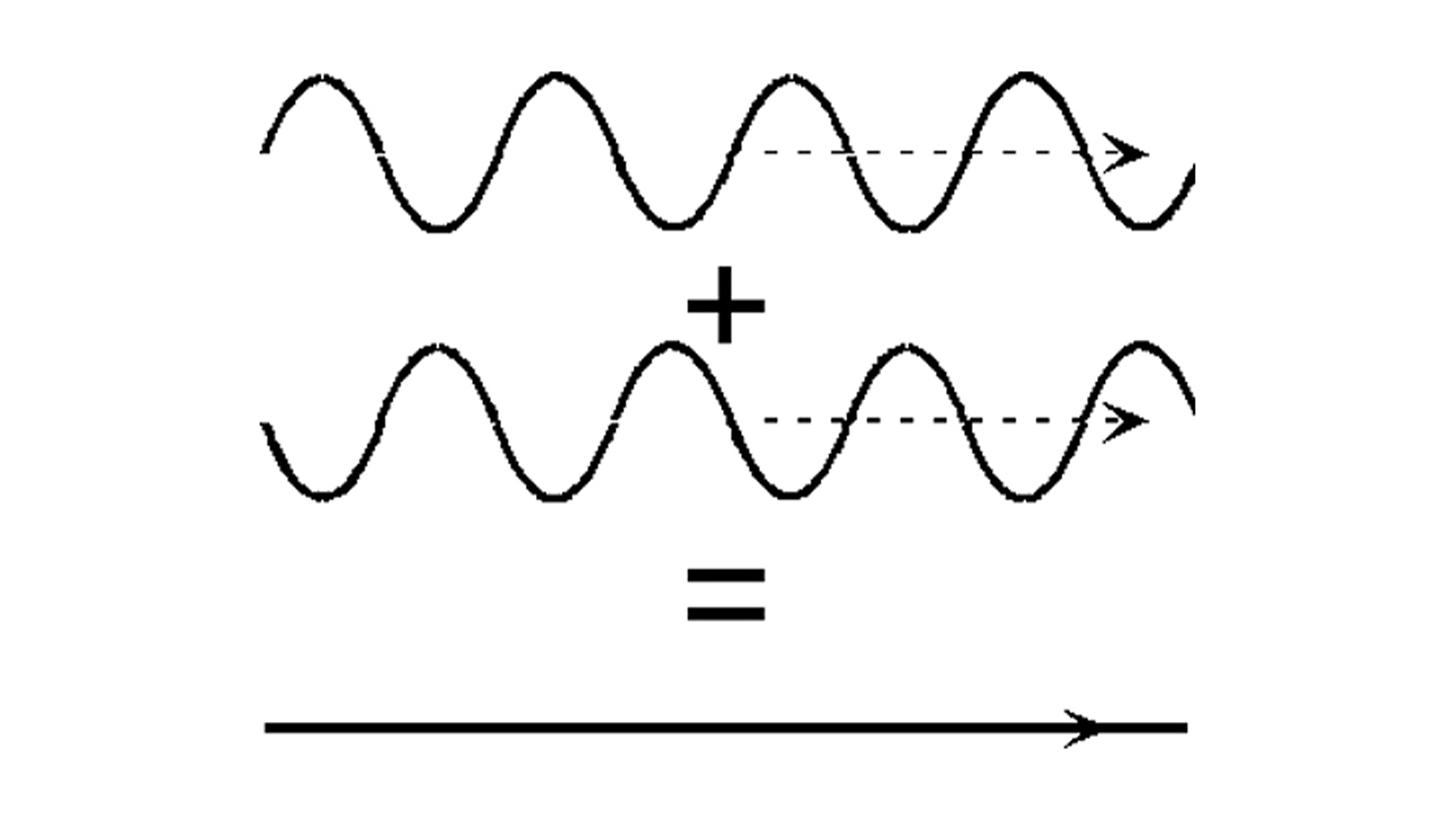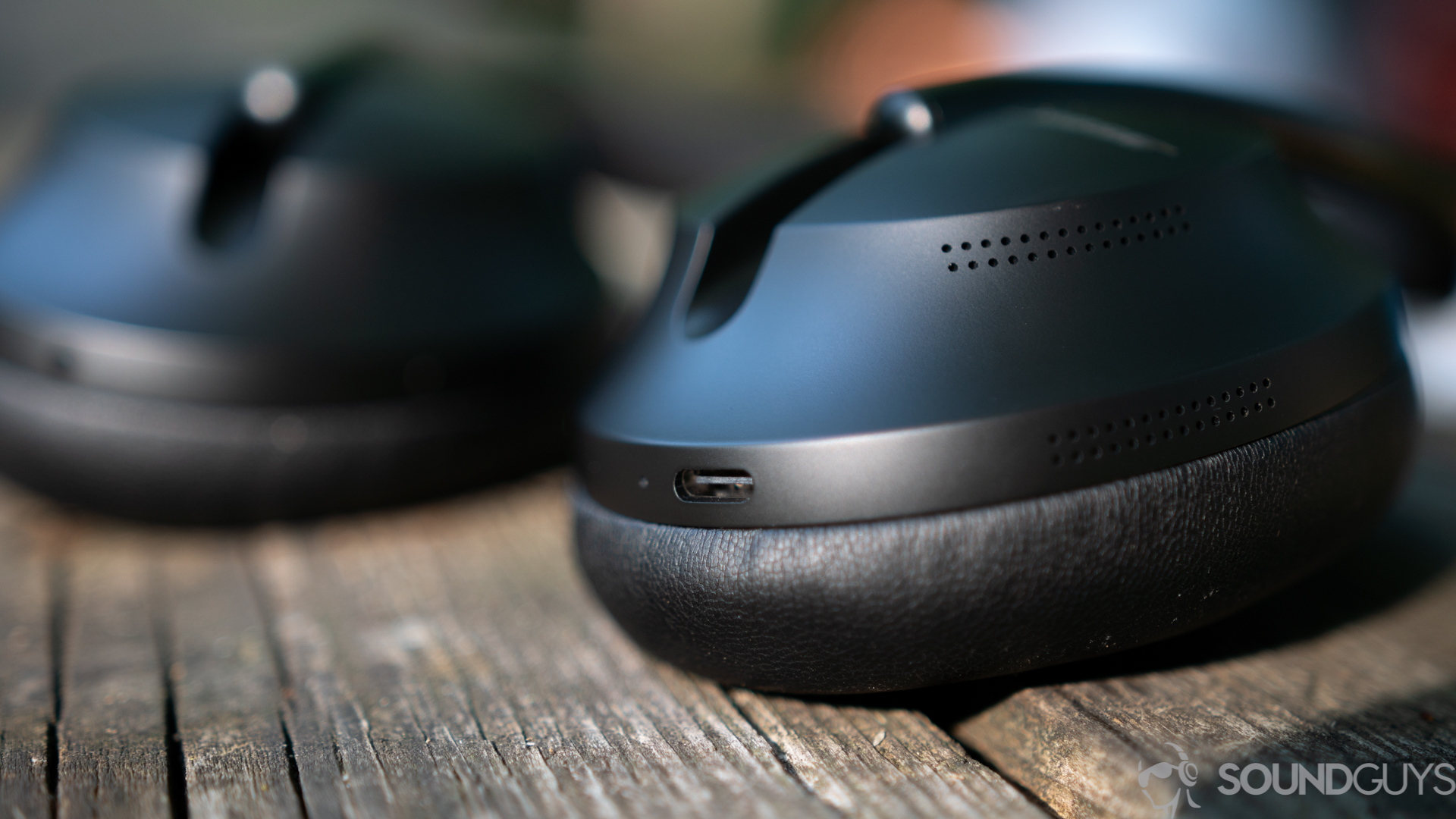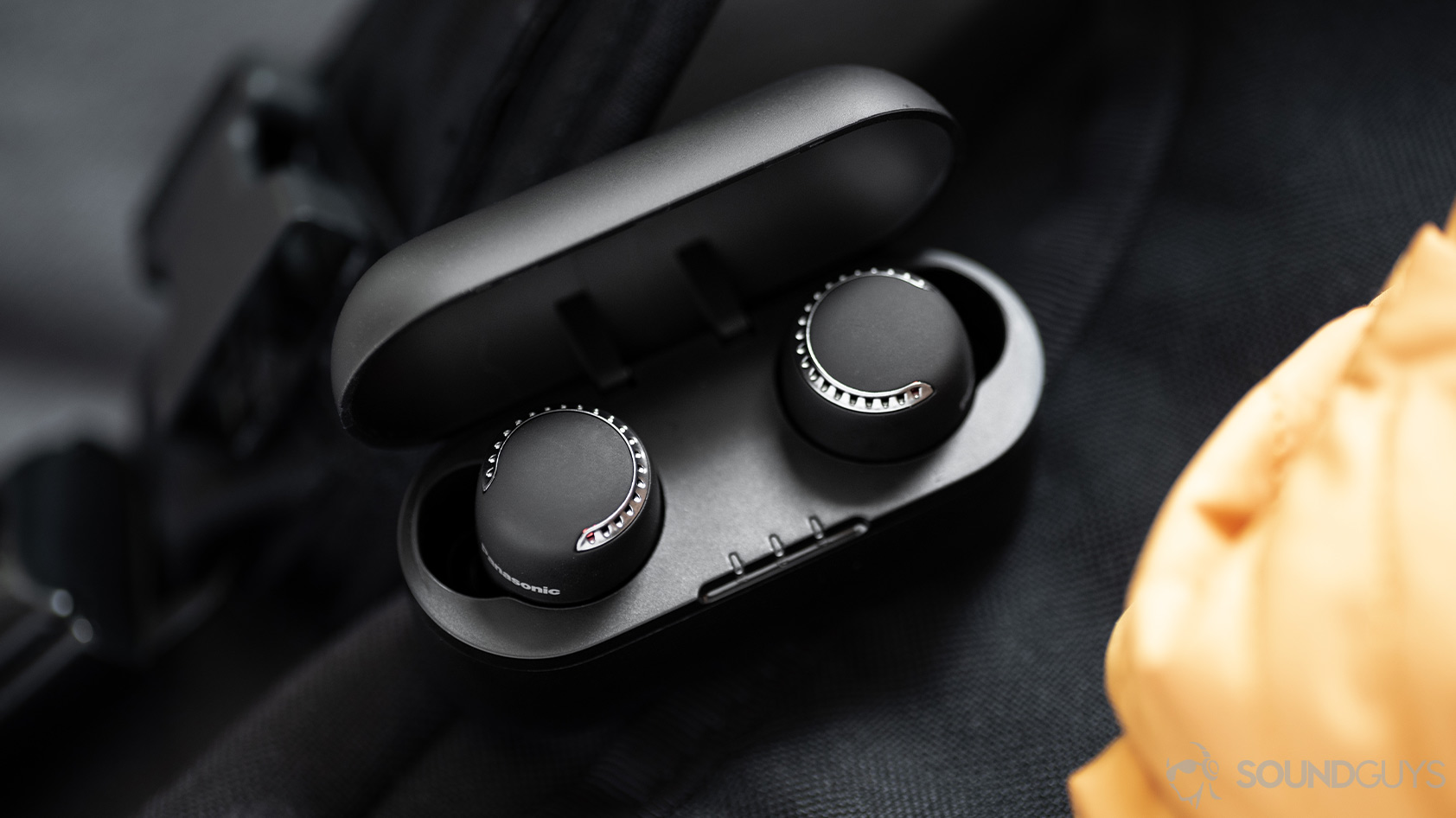All products featured are independently chosen by us. However, SoundGuys may receive a commission on orders placed through its retail links. See our ethics statement.
How does active noise canceling (ANC) work?
Published onJuly 22, 2024
If you’re a commuter or want to listen to your music anywhere other than a soundproofed room, there is no better upgrade you can get than noise canceling headphones. Many people believe that in order to get better sound quality, they need to spend more, but that might only be half true: you need to also prevent noise that could compromise or overpower your music before it reaches your ears. There’s nothing worse than trying to get some shut-eye to your tunes on an airplane with a baby screaming behind you, after all.
Plenty of companies have tried their hand at active noise canceling (ANC) headphones, and a few have become so good at it that it’s one of the main selling points for their wireless headsets. But how do noise canceling headphones work? And why is it so cool?
Editor’s note: This article was updated on July 22, 2024, to correct wording and answer user-submitted FAQs.
What is sound, and what is noise?
![Amplitude[BBC] A drawing depicts the wavelength and amplitude of a wave.](https://www.soundguys.com/wp-content/uploads/2017/05/AmplitudeBBC.jpg)
To understand how to cancel noise, it’s important to first what it is. Sound, as you hear it, is really just the compression and decompression of the particles in the medium in which it flows through—for our purposes, we’re talking about air. Picture sound as a ripple moving through the air. Those moving particles lead to very slight, rapid changes in air pressure. We call the measure of these changes in air pressure amplitude. Your ears and brain detect and decipher those changes in pressure as sound. If you chart the amplitude over time, you end up with something like the waveform pictured above. The larger the amplitude, the louder the sound. The faster the changes, the higher the pitch.
Sound can be wanted or unwanted, pleasant or unpleasant. Noise is usually defined as unwanted, unpleasant, or very loud sounds.
How do headphones cancel outside noise?
Your headphones cancel ambient noise by using a trick called “phase inversion” to create “anti-noise.” The concept is simple, but it’s tricky to get right.
If you were to take two identical waves and line them up with each other, matching up the peaks and troughs, the two waves are said to be “in-phase,” which, when summed, results in an even larger wave (louder sound). But what happens if you delay one of the waves by exactly one-half wavelength, matching up the troughs with the peaks of the other like in the picture below?

The two waves are then said to be “out of phase” and subtracted from one another as the positive pressures of one wave are acting against the negative pressures of the other, and vice versa. Think of it as trying to add one and subtract one. You’re just left with zero. This is the basic physics behind noise cancelation, but how is that used in your headphones?
Does noise canceling use microphones?

In order to create anti-noise, headphones must constantly monitor and sample ambient noise using tiny built-in microphones. They “listen” to the ambient noise around you, and then the onboard electronics take it from there. In addition to your music, the headphones create a sound that is exactly opposite to that sound wave to cancel it out so that all you should hear is the music coming from your headphones—and not anything going on outside.
Of course, this is all theoretical. In practice, noise cancelation is hard to do and far from perfect. Constant noises like the low hums of jet engines on airplanes are easier for headphones to recognize and cancel when compared to sudden, random sounds like people talking.
While the physics remains the same, some companies are better at active noise canceling than others. But now that you know how it works, you can pick the pair that’s right for you.
Can noise canceling headphones cause dizziness?

A few listeners have reported feelings of dizziness and disorientation when using noise canceling headphones—our very own Lil Katz included. In some cases, headaches and nausea are also present—but in most cases, it’s due to something else being triggered by the ANC, not the other way around. ANC, on its own, should not be able to be the sole cause of these issues.
One theory is that noise canceling technology can generate extremely low-frequency vibrations that stimulate balance receptors connected to our ears’ stereocilia, our hearing hair cells. What then happens is that these receptors falsely communicate to the brain that the head is moving despite one’s eyes being fixed. Mixed messages like this can trick the brain into thinking it’s experiencing motion and, thus, dizziness.
One solution to this for moderately affected listeners is to decrease the ANC intensity. This can often be done in many headphone companion apps. Another solution is to buy a pair of noise canceling headphones that aren’t at the top of the class. The sub-optimal ANC may be frustrating or disappointing to those who don’t suffer from side effects, but it could prove just right for you. The final solution is to forgo active noise canceling altogether, which isn’t the best option for frequent flyers but might be the most comfortable.
Frequently asked questions
Most ANC headphones will stay on and allow you to enjoy the silence without any signal being applied.
No. Instead, it’s just called “isolation,” and that refers to how much noise is blocked out physically by whatever is resting in or on your ears.
In many states, yes, but be sure to read up on the local laws regarding headphones while operating a motor vehicle, or distracted driving statutes.
No. Please don’t stick anything in your ears that aren’t meant to be there.
Not on their own, just like any headphones, you’d need to be listening to a very high loudness level for quite some time in order to give yourself noise-induced hearing loss. The benefit of ANC headphones is that by reducing outside noise, you don’t need to listen to your music very loudly in order to hear your tunes, thereby sidestepping the main driver behind too-loud listening.
A common thought!